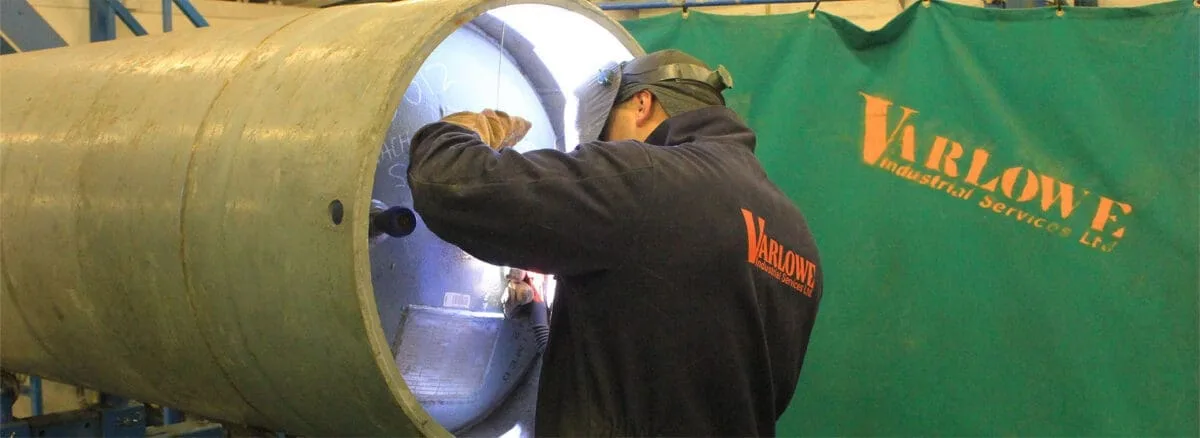Non-Destructive Testing (NDT) is a way of testing and evaluating welds without destroying the component.
Using various testing methods, we can determine the physical properties of the materials.
The testing can show the material characteristics of its – strength, toughness, resistance, discontinuities and differences.
Here we will look at some of the testing methods used today.
Visual Inspection
A visual inspection is the cheapest, quickest and easiest method of testing done by a qualified inspector.
It involves looking at the weld to determine its quality, discontinuities and imperfections. However, this method is unable to detect internal weld defects.
Dye Penetrant Inspection
Also called Liquid Penetrant Inspection (LPI). A cost-effective method used to detect surface defects on all non-porous materials.
The Inspection starts by spraying the surface with the Penetrant. The penetrant dries before applying the developer.
The developer draws into any cracks/defects by capillary action. In other words, it will present cracks, lack of penetration in welds/welding surface defects and surface porosity.
Dye Penetrant Inspection can be done on-site.
Ultra-Sonic Inspection
Ultra-Sonic Inspection uses high-frequency sound waves to detect discontinuities or changes in material characteristics.
Sound transmitted onto the object, which gets bounced back when a flaw gets found.
The flaw is then shown on the monitor for the technician to view.
Radiographic Inspection
This method uses the same principles as you would get when a doctor looks for fractured bones in a hospital.
Radiographic Inspection uses Gamma or X-rays on materials to detect flaws in welds and welded structures.
The flaws are projected onto film, which the qualified Radiographer can examine.
Fillet break test
This test is a mechanical testing process for examining the root penetration. The test includes the potential failure points of the weld, which are the stop and restart of the weld.
To pass the test, the weld must bend without fracturing. However, should a crack occur, it must never go beyond 10 mm.
Macro etch testing
Macro etch testing allows the tester to see a cross-section of the weld. Firstly, a sample from the weld needs to be taken. The piece is then polished and applied to an acid solution (10% Nitric Acid, 90% Water).
The Acid solution draws out distinctive colours. These colours allow you to examine your macro-structural integrity by showing –
- Cracks
- Centre Voices
- Unsoundness
- Pinholes
- Inclusions
- Porosity
- Grain Size
- Hydrogen Flakes and more
Magnetic Partial Inspection
Magnetic Particle Inspection uses a magnetic field that applies ferrous particles to the item’s surface under test.
Surface and near-surface defects affect the flow of the magnetic field. The disruption in flow causes the applied particles to attract to that area.
The attraction gives a visible sign of weakness found.
Bend test
The main aim of bending tests is to define the rigidity of that material, and the example is usually bent 180 degrees.
The bend test defines the quality of a weld at the face and root of a welded joint by forcing pressure on them.
For more information on NDT, visit the Non-Destructive Testing article on Wikipedia.
Welding Services At Varlowe
If the project requires NDT, we arrange this through a third party company.
For more information about our coded welding services, please visit our Welding Services and Coded Welding page.
You can also call us on 01902 861042 or email info@varlowe.co.uk.


